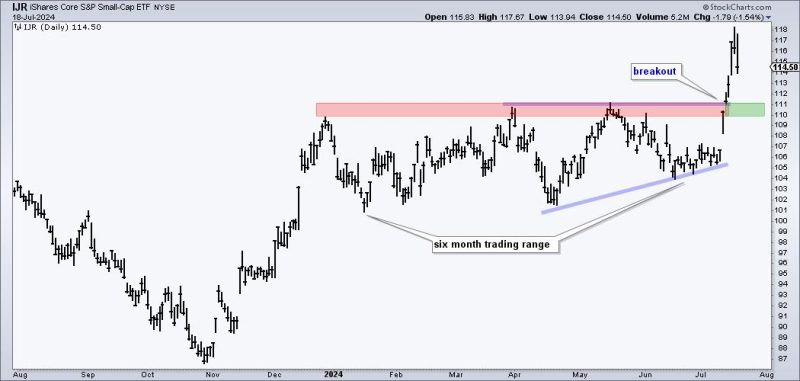In the realm of investing, small-cap stocks have long been hailed as a powerhouse of potential for investors seeking high growth opportunities. These stocks, representing companies with a market capitalization typically between $300 million and $2 billion, have often been overlooked by mainstream investors due to their perceived volatility and higher-risk profile. However, recent trends indicate that small-cap stocks are making a strong comeback, with many outperforming their larger counterparts and leading the market rally.
One key factor that has contributed to the resurgence of small-cap stocks is the shift in market dynamics brought about by the global pandemic. As economies worldwide grapple with the uncertainties and disruptions caused by the COVID-19 crisis, investors are increasingly turning to smaller, nimble companies for their growth potential and ability to adapt to rapidly changing market conditions. Unlike their larger counterparts, small-cap stocks are often less exposed to global supply chain disruptions and have the agility to innovate and pivot quickly to meet evolving consumer demands.
Another factor driving the outperformance of small-cap stocks is the accommodative monetary policies implemented by central banks to counter the economic fallout of the pandemic. Low-interest rates and liquidity injections have provided a favorable financing environment for small-cap companies, enabling them to access capital more easily and support their growth initiatives. Additionally, the resurgence of economic activity as countries emerge from lockdowns has boosted investor confidence in the growth prospects of small-cap stocks, further fueling their rally.
Investors looking to capitalize on the small-cap breakout and lead could consider a number of strategies to optimize their investment portfolios. Diversification remains a key tenet of successful investing, and allocating a portion of your portfolio to small-cap stocks can help enhance overall returns and reduce risk through exposure to different market segments. Additionally, investors should conduct thorough due diligence on individual small-cap companies, focusing on their financial health, growth prospects, and competitive positioning within their respective industries.
It is important to note that investing in small-cap stocks carries inherent risks due to their higher volatility and susceptibility to market fluctuations. As such, investors should exercise caution and adopt a long-term perspective when investing in small-cap stocks, focusing on quality companies with solid fundamentals and growth potential. By carefully selecting small-cap stocks with robust business models and competitive advantages, investors can position themselves to benefit from the ongoing small-cap breakout and lead the market to new heights.
